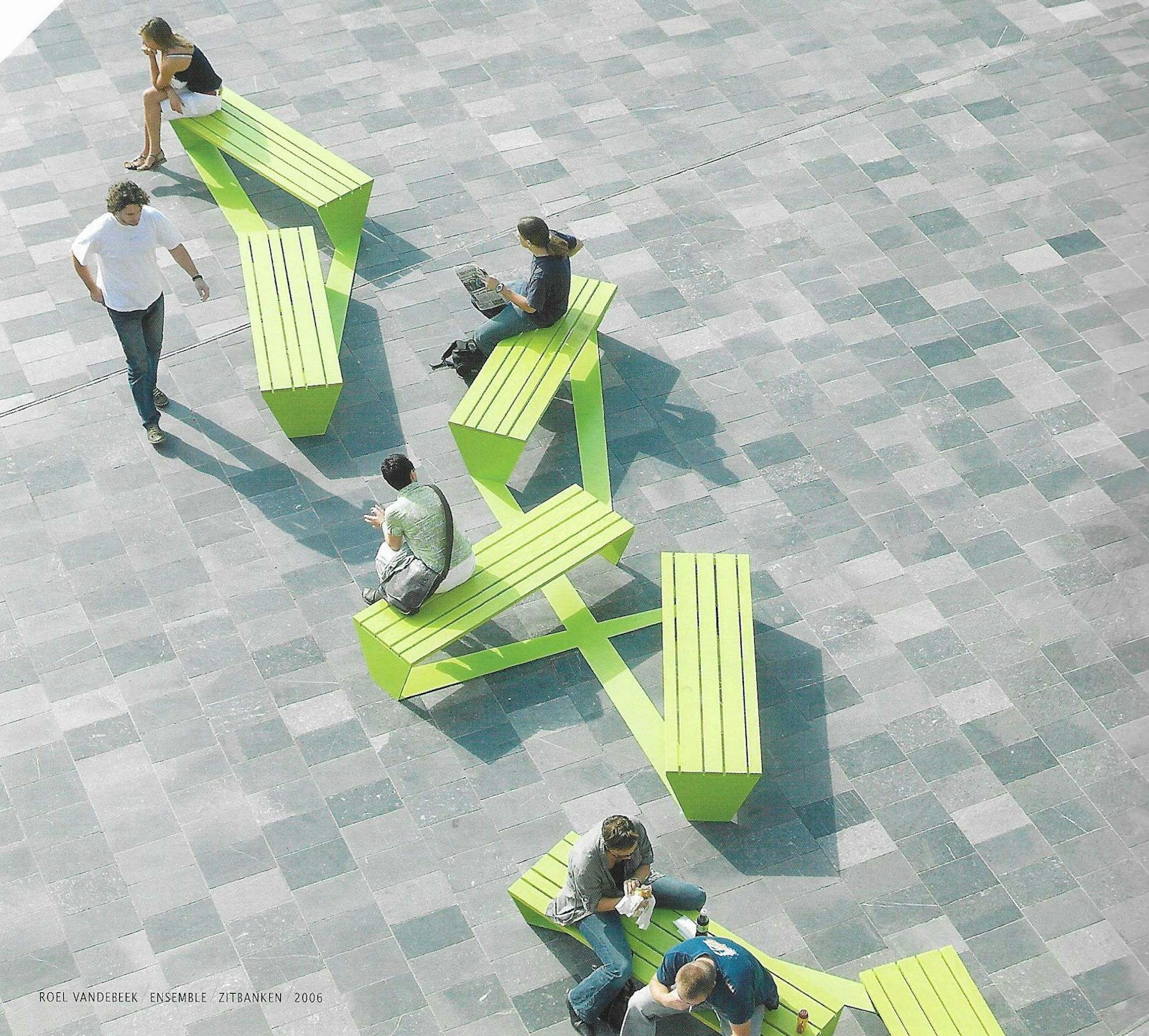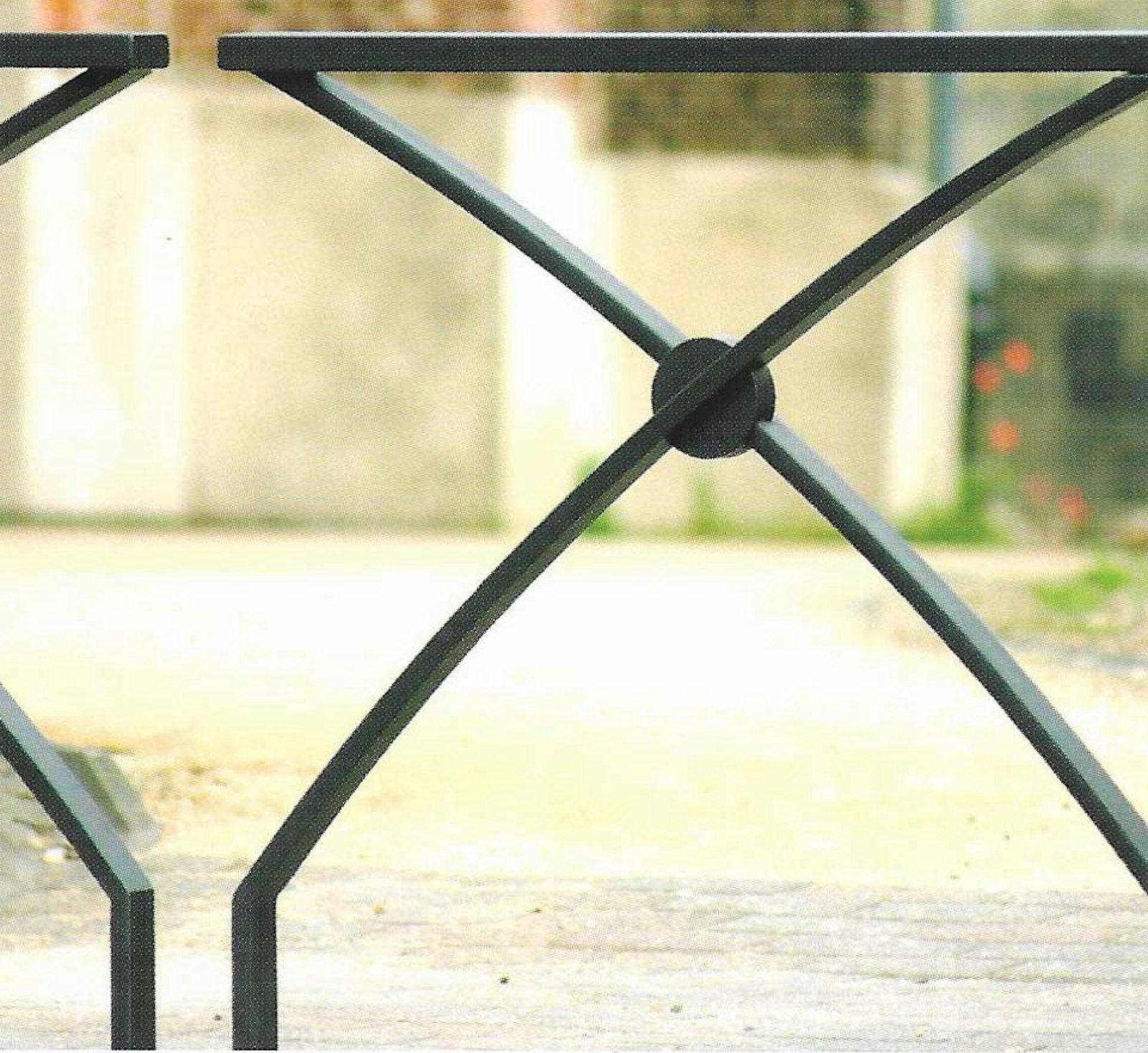de Velde
Wolters
About four years ago the chances of you having heard of the firm Wolters would have been pretty small, unless you were in the traffic safety and road construction business.
But no doubt you have seen some of the products made by this nearly 30-year old company. Wolters makes footpath posts, pedestrian rails and fences, cycle racks, benches, rubbish bins, tree grids, and so on. In 2003 Peter Samyn brought fresh blood into the family business and the company's future was given detailed consideration. There wasn't much financial scope left in classic items of street furniture. Given the limited differentiation in the range compared with other products, it was now really just a question of price. Whoever was the cheapest won the orders.
The product is also highly dependent on political cycles: the closer to the local elections, the more orders are placed. Wolters had the option of delocalising to low-wage countries, to keep their prices competitive. What they did, though, was pick a more fascinating route: they introduced design, to enable them to bring products to a broader market, and one that also offered the prospect of sales abroad.
And so they killed two birds with one stone. There was even no need for them to go in search of their first collaboration with a designer: at the point when they decided on design, Luc Vincent came to present himself. He had a few designs he thought would suit them well. And this was a sound assessment, because Wolters immediately saw the potential for designs such as the 'Evident' (2004), a robust bench, 'Rups' (2004), a playful but solid cycle rack, and the 'Double Mixte' (2004), a rail that can also serve as a seat. The abiding theme was apparent with the very first object: objects with added value and preferably a story too — for example, objects that give architects scope to be quite playful, such as the 'Double Protection' (2006).
Still in 2004, Linde Hermans was given a very specific assignment: redesign the 'Sint-Andries fence' to make a contemporary object of it. The result is the 'X' rail, which is innovative and aesthetic and fits in perfectly in a historic city centre. The collection also includes a footpath post, the 'I', and a modular bench, the 'Z'. In 2006, at the customers' request, a cycle rack, the 'Pi', a waste bin, the '0' and a chaise longue, the 'S', were added. 'X' has been a great success for Wolters in Wallonia, where people are happy to use the 'Sint-Andries fence'.
Wolters aims to make objects that actually do something, and, preferably, something good. So this year they asked Roel Vandebeek to put some thought into living together in society and creating social harmony. The result was the 'Ensemble' bench, which premiered at Interieur 06. It was designed in response to benches that encourage people to do nothing else but sit. As the bench can be linked together with others in all kinds of ways, people can sit around together, and conversations are easier to initiate. The cheerful colour (an option) is very deliberate.
What has the economic impact of all this? In 2003 Wolters had a staff of 23, but they will bring this year to a close with 46, and they are moving to a new location, because the present one is literally bursting at the seams. And Wolters is gaining a firm foothold abroad too. Design has given Wolters a sorely needed identity. A price worth paying, then.


